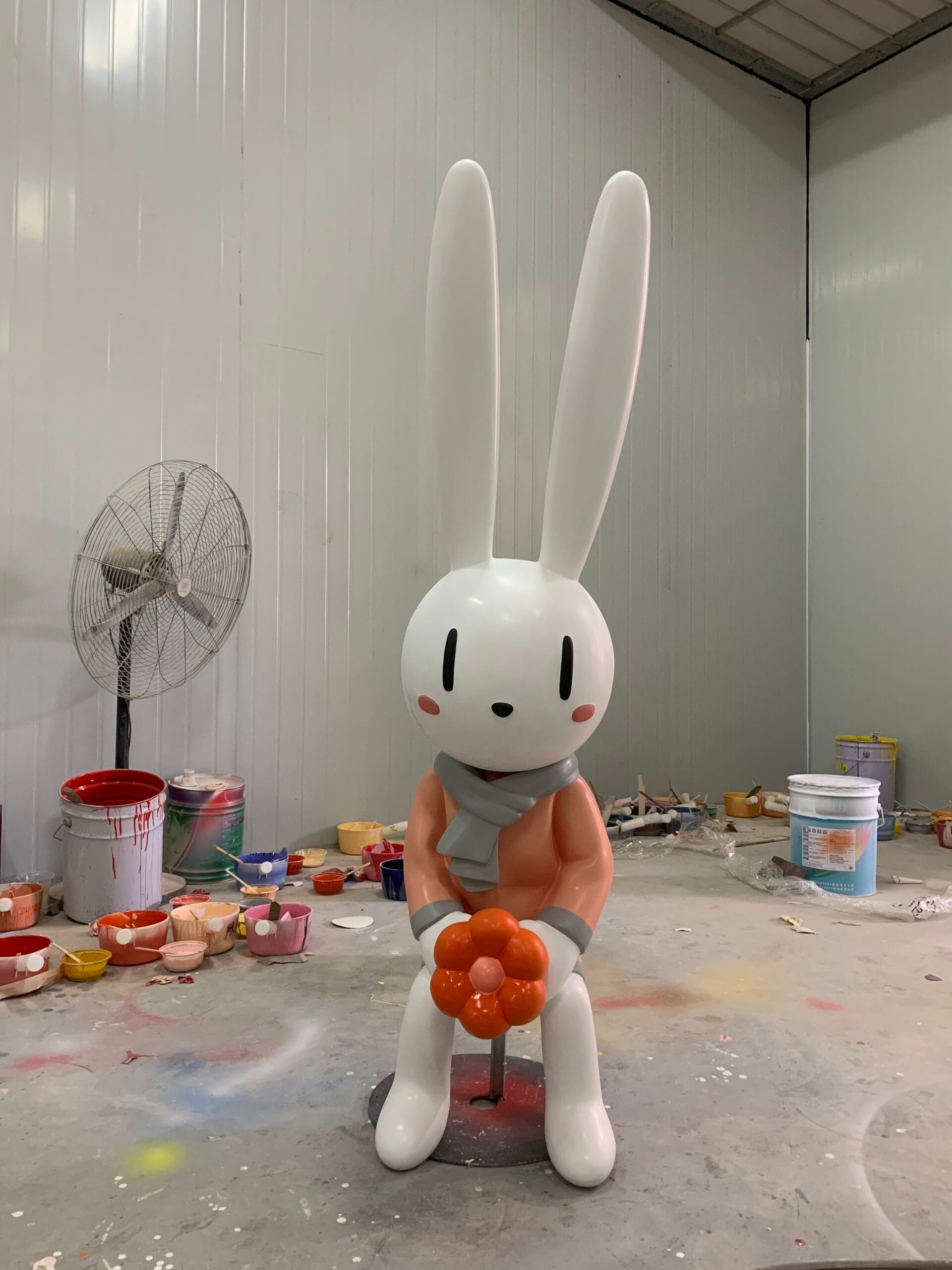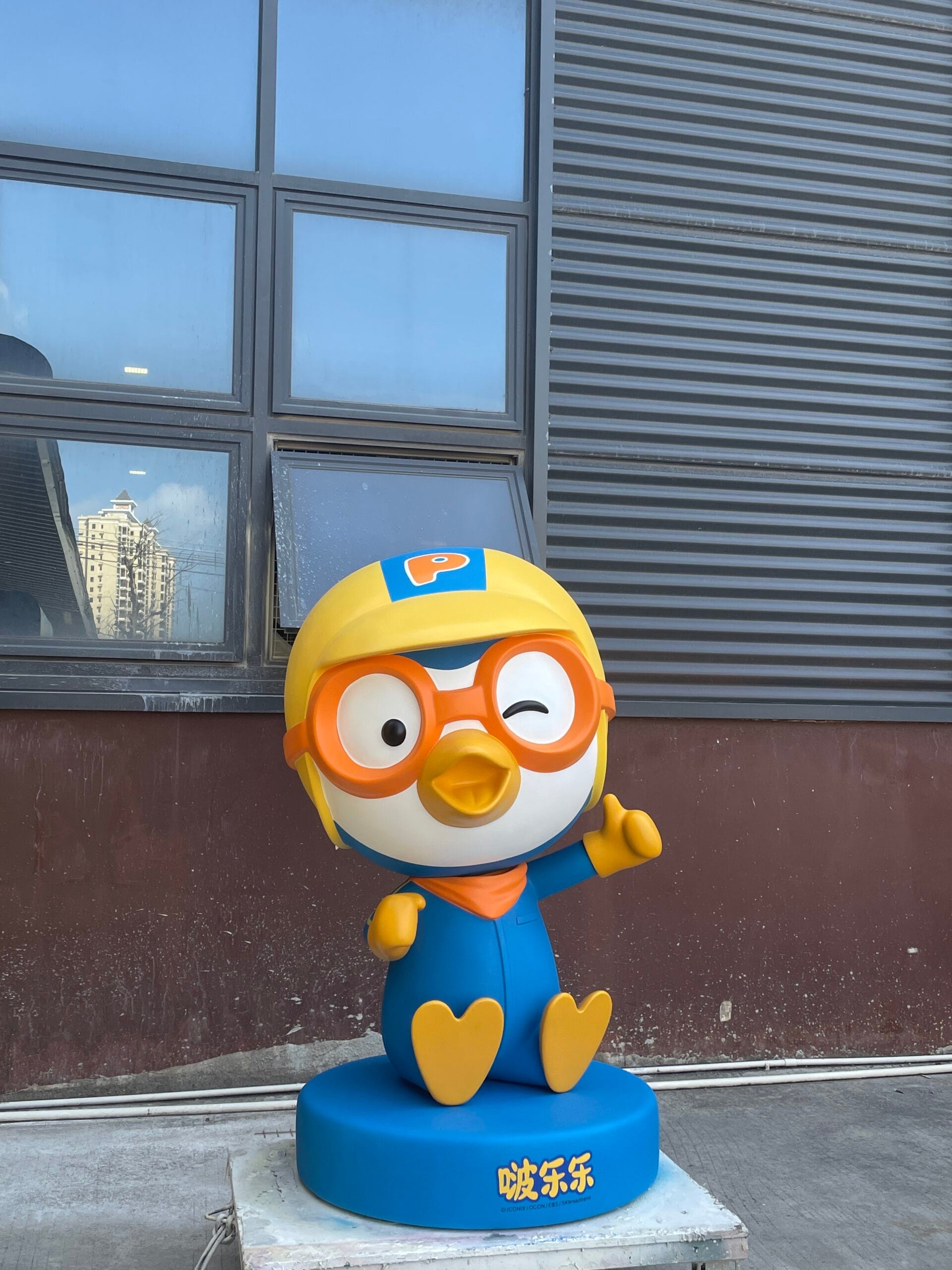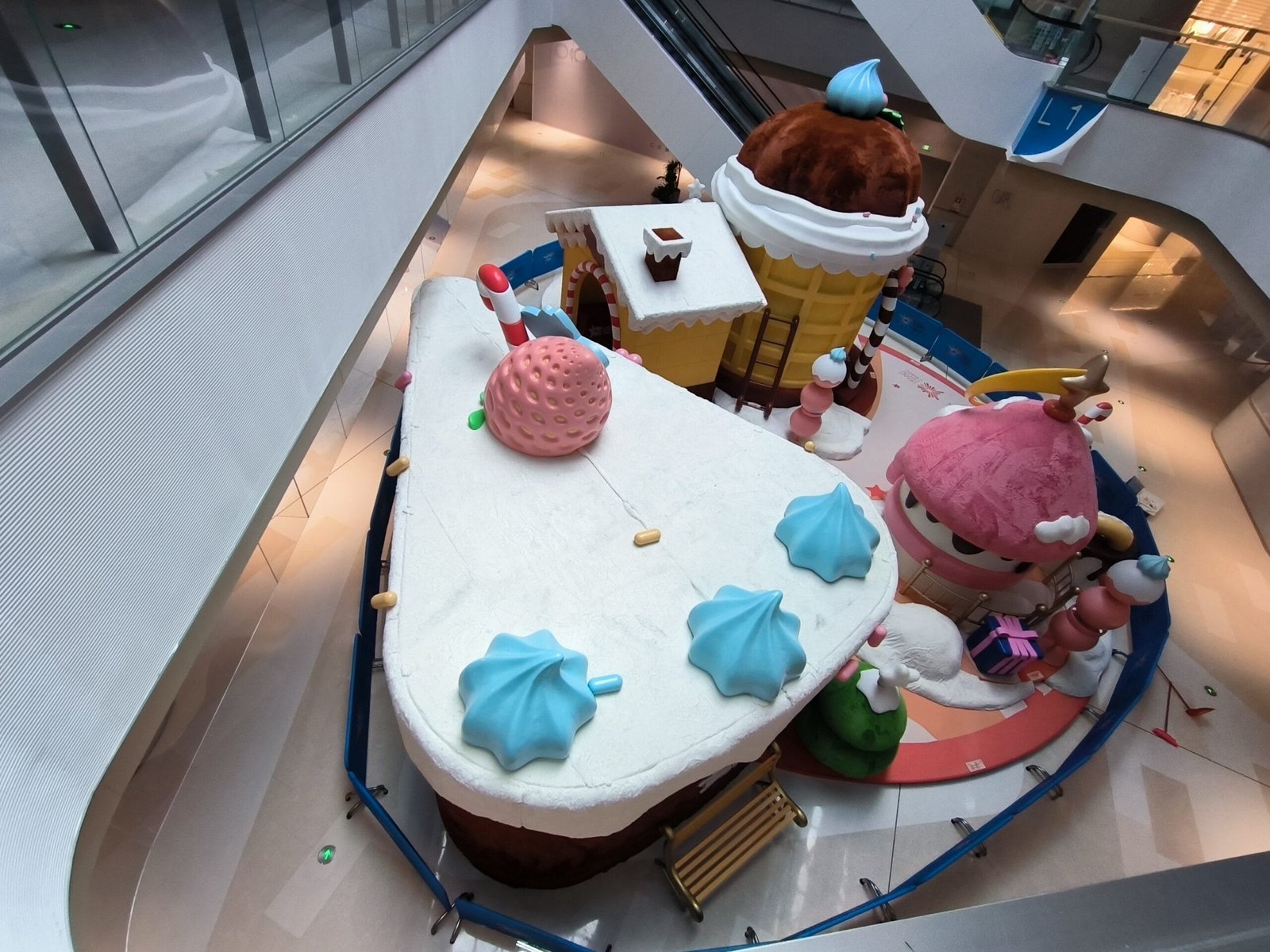Introduction: The Role of Stainless Steel Sculptures in Landscape Design
Stainless steel sculptures have become a defining feature in modern landscape design, combining aesthetic brilliance with functional durability. These sculptures, renowned for their sleek finish and reflective surfaces, elevate public spaces, parks, and urban landscapes into visually dynamic environments.
However, alongside their undeniable appeal, stainless steel sculptures also pose certain challenges. From installation complexities to maintenance needs, their successful integration requires thoughtful planning and execution. This article explores the unique highlights and challenges of stainless steel sculptures and provides practical tips for leveraging their full potential in landscape design.
1. Highlights of Stainless Steel Sculptures
Aesthetic Excellence
Stainless steel offers unmatched visual appeal. Its polished surfaces interact with light to create stunning reflections and dynamic visual effects, enhancing the overall aesthetic of any landscape.
Furthermore, stainless steel can be crafted into various finishes—mirror-polished, matte, or brushed—allowing for endless design possibilities. These features make it a preferred material for creating both abstract and realistic sculptures that captivate audiences.
Durability and Longevity
One of the greatest advantages of stainless steel is its exceptional resistance to corrosion, rust, and environmental wear. This makes it ideal for outdoor settings, where exposure to rain, sunlight, and pollution is unavoidable.
In addition, stainless steel’s strength ensures that sculptures maintain their structural integrity over time, making them a low-maintenance and cost-effective choice for long-term installations.
Versatility in Design
The malleability of stainless steel allows artists to create intricate and large-scale designs with ease. Its ability to pair with materials like glass, wood, or stone enables designers to craft multi-dimensional pieces that harmonize with their surroundings.
Moreover, stainless steel can adapt to a wide range of themes, from minimalist modernity to nature-inspired art, ensuring its relevance in diverse design contexts.
2. Challenges of Stainless Steel Sculptures
High Costs
The premium quality of stainless steel comes at a cost. From sourcing raw materials to fabrication and finishing, the overall expense can be significant. For budget-conscious projects, this can pose a challenge.
However, the material’s durability and minimal maintenance requirements often justify the investment, especially for projects that aim for longevity and high visual impact.
Installation Complexities
Due to its weight and structural requirements, installing stainless steel sculptures can be a logistical challenge. Large pieces often require specialized equipment, skilled labor, and precise planning to ensure safety and stability.
Furthermore, public spaces demand compliance with safety regulations, adding another layer of complexity to the installation process.
Maintenance in Challenging Environments
While stainless steel is highly resistant to corrosion, it is not immune to environmental factors. In coastal areas, high salinity can lead to pitting or staining, requiring additional protective measures.
Additionally, polished surfaces may show fingerprints, smudges, or scratches more easily, necessitating regular cleaning to maintain their pristine appearance.
3. Strategies for Maximizing the Impact of Stainless Steel Sculptures
Strategic Placement
To fully capitalize on their visual appeal, stainless steel sculptures should be strategically placed in high-visibility locations. Key placement considerations include:
- Central Focal Points: Install sculptures in atriums, courtyards, or plazas to draw attention and create a visual anchor.
- Integration with Nature: Position sculptures near water features, greenery, or open skies to enhance their reflective qualities.
Moreover, consider the interplay of natural and artificial lighting to highlight the sculpture’s dynamic interactions with its surroundings.
Incorporating Interactive Features
Interactive elements can make stainless steel sculptures more engaging and memorable. Examples include:
- Kinetic Components: Adding movement to sculptures through rotating parts or wind-responsive designs.
- Lighting Effects: LED lights integrated into the design for a stunning visual experience during nighttime.
- Augmented Reality (AR): Digital features that allow visitors to interact with the sculpture through their smartphones, unlocking additional stories or visuals.
By incorporating these elements, designers can create installations that are not only visually appealing but also deeply engaging.
Sustainability in Design
As sustainability becomes a key concern in design, stainless steel stands out as a recyclable and eco-friendly material. Choosing recycled stainless steel or utilizing energy-efficient manufacturing processes can further reduce the environmental footprint of sculptural projects.
In addition, modular designs that allow for reconfiguration or repurposing can extend the life and relevance of the sculpture.
4. Maintaining Stainless Steel Sculptures
Cleaning and Care
Regular cleaning is essential to preserve the shine and condition of stainless steel sculptures. Use non-abrasive cleaning agents and microfiber cloths to remove dust, grime, and fingerprints without scratching the surface.
Furthermore, protective coatings can shield sculptures in harsh environments, such as coastal areas, from corrosion and weathering.
Periodic Inspections
Conduct routine inspections to identify and address minor damages before they escalate. This includes checking for scratches, loose fittings, or structural wear that may compromise safety or appearance.
Conclusion: Stainless Steel Sculptures as Landscape Highlights
Stainless steel sculptures represent the perfect fusion of art and functionality, offering durability, versatility, and aesthetic brilliance in modern landscape design. While challenges such as costs and maintenance exist, careful planning, strategic placement, and innovative design approaches can ensure their success.
By incorporating stainless steel sculptures into public or private spaces, designers can create visually compelling environments that inspire and captivate for generations.
Focus Keywords:
Stainless steel sculptures, modern landscape design, durable outdoor art, interactive sculpture design, sustainable materials, public space art.




